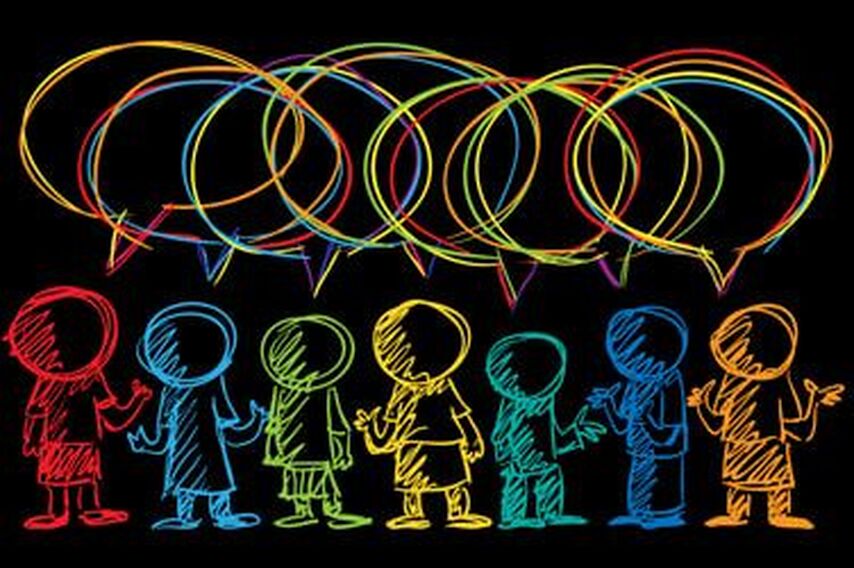1 サマリー 「どちらの言語も半端になる」は思い込み
「幼いころから二つの言語を学ばせると日本語も英語も中途半端になるのでは」と心配する保護者は少なくありません。しかし国際的研究では二言語習得が認知発達を促し、母語の語彙力にも長期的な好影響を与えることが報告されています。一時的に語彙数が単言語児より少なく見える期間があっても、総語彙(両言語を合算した語彙)はむしろ豊富で、学齢期に入るころには読解力や論理的思考力の差が縮まるか優位に転じるケースも珍しくありません。本稿では「混乱する」「母語が弱まる」「英語は早期詰め込み必須」など、よく耳にする五つの誤解を整理し、効果的なバイリンガル教育を進める三つの原則を紹介します。最後に「まとめ」として家庭で実践できるポイントを提示しますので、焦らず順に読み進めてください。
2 誤解1 両言語を同時に学ぶと混乱する
幼児が二つの言語を聞き分けられず混同すると考えられがちですが、生後六か月頃には音韻を言語ごとに統計的に処理する能力が芽生えます。例えば日本語の母音五音と英語の母音十数音を別々にカテゴリー化し、それぞれの頻度分布を脳内に蓄積します。「コードスイッチング」と呼ばれる言語切り替え現象は混乱ではなく高度な制御機能の表れで、前頭前皮質の発達を促すことが示されています。日常での切り替えは脳の実行機能を鍛え、注意転換や課題解決の柔軟性を高める副次的効果も得られます。
3 誤解2 日本語力が落ちるとアイデンティティが揺らぐ
母語がおろそかになり自国文化への帰属意識が弱まるという懸念もありますが、実際には家庭での母語保持が両言語発達の土台になります。物語の読み聞かせや祖父母との会話など、感情と結びついた日本語体験を積むことで、自尊感情と文化的アイデンティティが強固になります。母語で得た概念知識は第二言語へ転移しやすく、社会科や理科の理解にも貢献します。「日本語を守ることが英語を伸ばす近道」という視点が重要です。
4 誤解3 英語は幼少期に詰め込まないと間に合わない
臨界期仮説が誤って「早ければ早いほど良い」と解釈されがちですが、音声認識上の利点はあっても、語彙や文法習得は思春期以降でも十分伸びます。カナダの移民研究では十二歳以降に英語学習を開始した子どもでも高校卒業時点でネイティブ同等の読解スコアを示す例が多く報告されています。重要なのは開始年齢より学習量と質、そして学習を支える動機づけです。
5 誤解4 家庭で英語を使うと学業成績が下がる
「英語ばかり話すと国語のテストが下がる」と心配する声がありますが、統計的には母語を維持しつつ第二言語にも触れている子どもの方が読解メタスキル(要旨把握、推論)が高い傾向があります。学力低下が起きるケースは、言語ではなく家庭学習の時間配分や睡眠不足、ストレスといった要因が絡む場合が多いことが分かっています。
6 誤解5 親がネイティブ並みでないと教えられない
語学力が高いに越したことはありませんが、親の役割は「正しい発音モデル」より「豊かな学習環境のデザイン」です。オンライン絵本、英語でのボードゲーム、海外の子どもと交流できるビデオ通話など、リソースは多様です。親が間違いを恐れず学ぶ姿勢自体が子どもの挑戦意欲を高めるという研究結果も示されています。
7 効果的なバイリンガル習得を支える三つの原則
1 一貫性のある時間配分 曜日や場面で言語を分けるオプションタイム方式を採用し、使用量のバランスを見える化する
2 情緒的結び付き 絵本、歌、遊びなど感情が動く活動を両言語で行い、言葉と経験をリンクさせる
3 メタ言語意識の育成 単語の共通語源や文法構造を比較し、言語そのものを対象化して考える練習を取り入れる
8 まとめ 環境と対話が鍵
1 母語を大切にしながら第二言語とのバランスを取る
2 年齢よりも学習の質と継続性を重視する
3 親子で学び合い間違いを歓迎する姿勢を共有する
バイリンガル教育は「中途半端」どころか認知面と情緒面の双方にメリットをもたらす可能性が高いアプローチです。焦らず長期的な視点で環境と対話を整え、子どもの言語と世界を広げていきましょう。
Half-Baked in Both Japanese and English? Common Myths about Bilingual Education
1 Summary Is the Fear of Ending up Mediocre in Two Languages Justified
Many parents worry that early exposure to two languages will leave children weak in both. Yet international studies show that bilingual acquisition boosts cognitive development and can even enhance long-term vocabulary in the first language. Although bilingual children may appear to know fewer words in each language at certain stages, their total vocabulary across both languages is often larger. By school age they frequently match or surpass monolingual peers in reading and reasoning. This article addresses five common myths such as confusion, loss of Japanese ability, and the need for early English cramming, then presents three principles for effective bilingual education. A final conclusion offers practical steps for families.
2 Myth 1 Learning Two Languages at the Same Time Causes Confusion
Infants are believed to mix languages, but by six months they statistically sort speech sounds by language, storing separate phoneme distributions. Code-switching is not confusion but evidence of sophisticated control, linked to prefrontal cortex growth. Daily switching strengthens executive functions, improving attention shifting and problem-solving flexibility.
3 Myth 2 Weakening Japanese Undermines Cultural Identity
Maintaining the home language underpins both languages. Storytime, conversations with grandparents, and emotionally rich experiences in Japanese build self-esteem and cultural identity. Concepts learned in Japanese transfer to English, aiding subjects like science and social studies. Protecting Japanese is actually a shortcut to stronger English.
4 Myth 3 English Must Be Crammed in Early Childhood
The critical period is often misread as “the earlier the better.” While early starters gain pronunciation advantages, vocabulary and grammar can develop well after puberty. Canadian immigrant studies show many children who begin English after age twelve reach native-level reading by high school. Learning amount, quality, and motivation outweigh start age.
5 Myth 4 Using English at Home Lowers Academic Scores
Some fear that speaking English at home hurts Japanese test results, but data indicate that children who keep Japanese while engaging with a second language often score higher on reading meta-skills such as summarizing and inference. Score declines usually stem from factors like poor study routines, sleep loss, or stress, not language use itself.
6 Myth 5 Parents Must Speak Native-Level English to Teach Effectively
High proficiency helps, yet parents’ main role is designing a rich learning environment. Online picture books, board games in English, and video calls with overseas peers all broaden input. Research shows that parents who learn alongside their children and model risk-taking actually boost their children’s willingness to try.
7 Three Principles for Successful Bilingual Development
1 Consistent time allocation Use an option-time system that assigns languages to certain days or contexts and makes exposure balance visible
2 Emotional engagement Link words to feelings through stories, songs, and play in both languages
3 Metalinguistic awareness Compare shared roots and grammar structures so children learn to think about language itself
8 Conclusion Environment and Dialogue Are the Keys
1 Value Japanese while balancing the second language
2 Prioritize learning quality and continuity over age of onset
3 Embrace mistakes and learn together as parent and child
Far from leaving children “half-baked,” bilingual education can enrich both cognition and emotions. With patience, balanced exposure, and open dialogue, parents can expand their children’s languages and worlds.




コメント